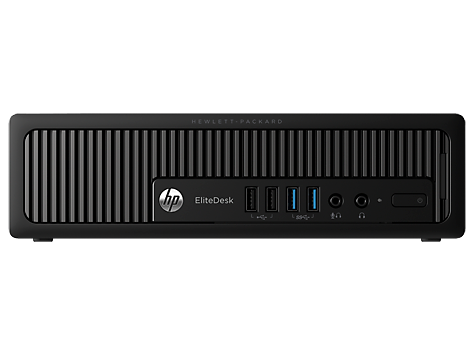Importing an Anytone AT-D878UV codeplug into AT-D578UV, AT-D168UV or AT-890UV
To import a codeplug for Anytone AT-D878UV into the CPS for AT-D578UV or AT-D168UV, the only way is to export it to CSV from the AT-D878UV CPS and then import it. But for some strange reason, Anytone has decided to make the CSV formats slightly incompatible… Come on, Anytone. Why??? This bug/feature seems to be related to splitting Color Codes into RX and TX that was implemented in the 3.06 release of the CPS.
The import into the CPS for AT-D578UV or AT-D168UV will silently fail. No error message is displayed but upon investigation I discovered that the Color Codes for the DMR Channels were wrong (set to CC1 in all cases). I maintain a codeplug for AT-D878UV with almost 900 channels, so fixing this manually is not an option.
I use the latest CPS for all models, that is for AT-D878UV version 3.07, for AT-D578UV version 1.21 and for AT-D168UV version 1.06.
A workaround is to edit one of the column headers in the CSV file before importing. Which column depends if you are importing to AT-D578UV or AT-D168UV.
| AT-D878UV -> AT-D578UV | Change “RX Color Code” to “Color Code” |
| AT-D878UV -> AT-D168UV | Change “TxCC” to “TxCc” |
Anytone AT-D878UV to AT-890UV
If you open the RDT-file from an AT-D878UV into the CPS (version 1.01N in my case) for the AT-D890UV it will look fine but I discovered that channels randomly got the wrong TX CC in the AT-D890UV after doing this. Some settings in APRS get lost too but those can be edited manually. And the APRS TOCALL for AT-D890UV is APAT89.
So basically the RDT file from AT-D878UV can be opened and used in the AT-D890UV CPS but the file Channels.CSV must be edited and then imported into AT-890UV CPS.
This is how I solved it.
I use LibreOffice to manipulate CSV-files. Excel will probably work too.
- Export Channels.CSV from the AT-D890UV cps. The content is not important, we will only need the header line from this file.
- Export Channels.CSV from the AT-D878UV. I assume these are the channels you want into your brand new 890.
- Open the Channels.CSV from the AT-D890UV and copy the first line (header line).
- Open the Channels.CSV from the AT-D878UV and replace the first line with the line you copied from the AT-D890UV file.
- Go to the column with the “RX Color Code” header (in my case column U). Copy the content from the entire column except the header.
- Scroll right to the column with the “txcc” header (in my case column BY at the far right). Paste the content below the header cell.
- Save the edited Channels.CSV file from the AT-D878UV and go to Import in the AT-D890UV CPS and import only the Channels.CSV file.
This way you will get all TX CC the same as RX CC.
If you have found more incompabilities that needs to be handled, please let me know and I will add it to the article.











